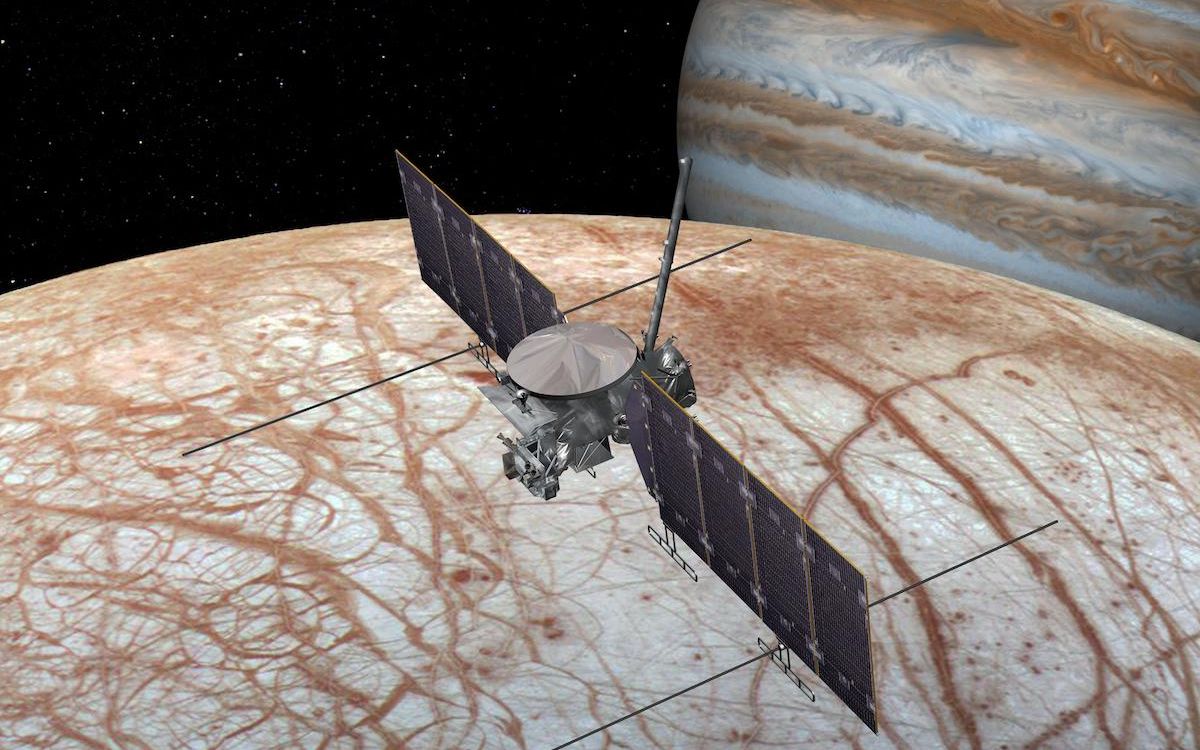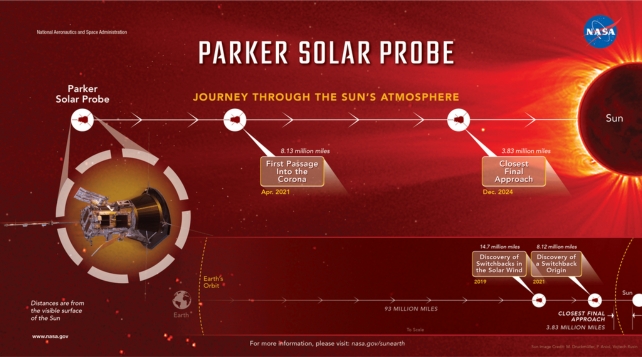In October, NASA is set to launch a space probe to one of Jupiter’s 92 known moons, an icy sphere called Europa. The main objective of the mission is to determine whether Europa has the potential to sustain life as we know it. This expedition, known as the Europa Clipper, has had all of its nine scientific instruments and a communication system installed at the Jet Propulsion Laboratory (JPL) in Southern California. The payload includes equipment such as a mass spectrometer for measuring gas molecules, a surface dust analyzer, and an imaging spectrometer for mapping the moon’s ices, salts, and organic molecules. Cameras on board will capture wide-angle and narrow-angle images of Europa’s icy surface, providing colorful pictures of the distant moon. The Europa Clipper is scheduled to arrive in the Jupiter system no earlier than 2030 and will perform 49 close flybys of Europa during its four-year orbit around the giant planet. The spacecraft aims to address fundamental questions about Europa’s interior, ocean, ice shell, atmosphere, and space environment.“Europa is considered one of the best places in our solar system to search for signs of extraterrestrial life,” said Robert Pappalardo, the project scientist for the mission. The moon meets many conditions necessary for hosting life, such as having a salty subsurface ocean. In addition to the Europa Clipper, NASA’s James Webb Space Telescope has detected evidence of carbon in Europa’s subsurface sea. The existence of possible water vapor plumes on Europa’s icy surface is crucial for the Clipper mission, as it could potentially collect samples from the moon’s subsurface without landing. The spacecraft will use a variety of instruments to analyze the moon’s atmosphere, magnetic field, plasma, and surface features, aiming to provide a comprehensive understanding of Europa’s hidden ocean. The integration of the various instruments will allow the mission to obtain observations simultaneously, ensuring the most comprehensive mapping of the intriguing ice world.
NASA’S Europa Clipper spacecraft equipped with scientific instruments to explore Jupiter’s ocean moon














